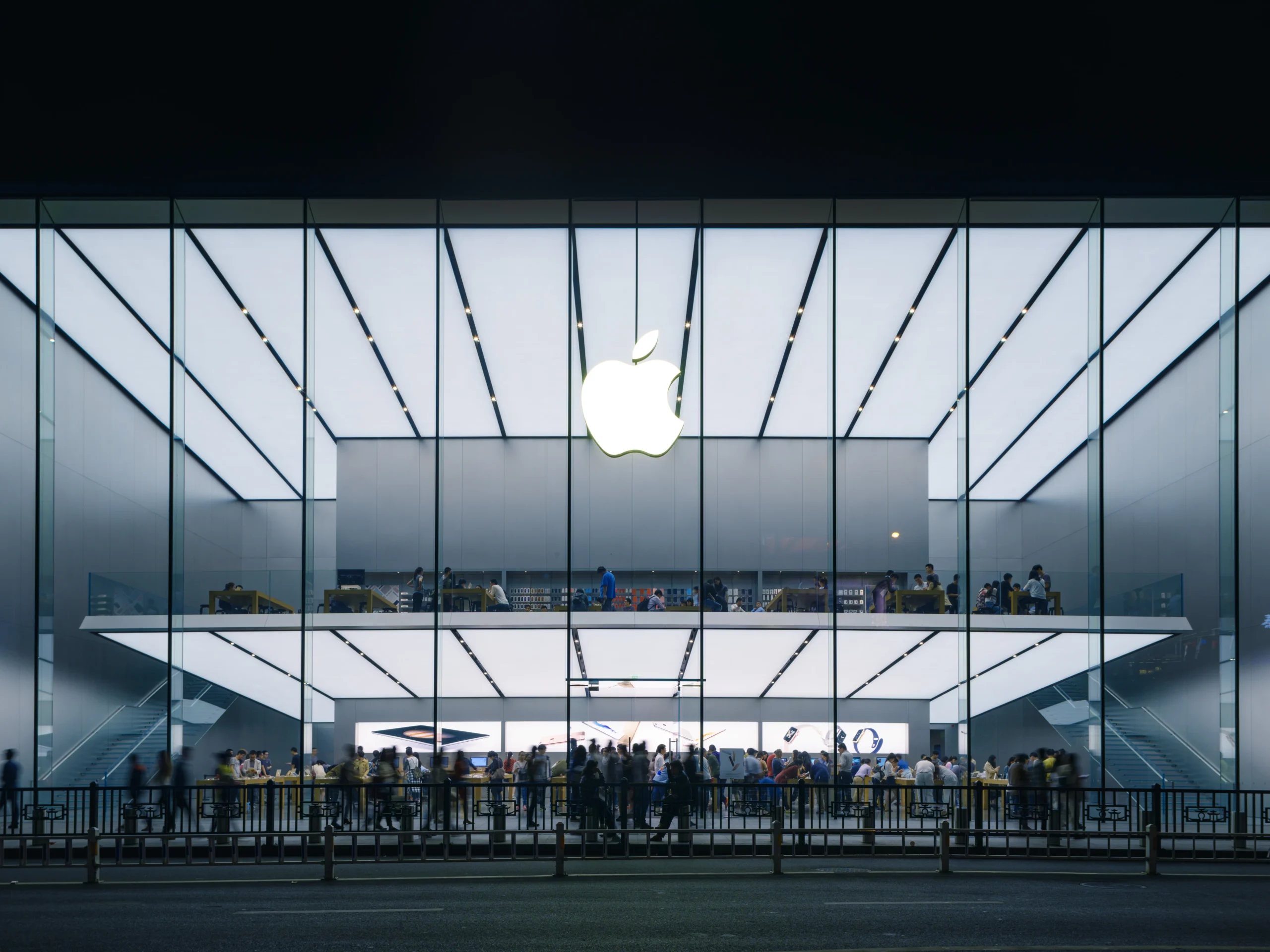Apple has once again rewritten the rules of the global market by reaching a milestone that showcases its significance: an Apple $4 trillion valuation. This achievement marks a new milestone in corporate history. The company’s meteoric rise has been fueled by the success of its latest flagship device, the iPhone 17, and renewed enthusiasm for its upcoming artificial intelligence projects. Shares of Apple Inc. (AAPL) climbed to record highs this week, showcasing strong demand not only in the U.S. but also in critical markets such as China, where the company has made a remarkable comeback after a challenging year.
The iPhone 17 Effect and Apple’s Strategic Recovery
After facing setbacks linked to tariff disputes and slowed production earlier this year, Apple’s ability to bounce back underscores its resilience in a volatile economic environment, emphasized by achieving an Apple $4 trillion valuation. The surge in demand for the iPhone 17 reflects both hardware innovation and a growing ecosystem of services that keep consumers deeply integrated into Apple’s universe. According to data from Statista, Apple’s iPhone revenue continues to account for nearly half of its total sales, a testament to the enduring appeal of its flagship product.
The introduction of localized manufacturing in India and supply chain diversification have helped mitigate geopolitical risks. Apple’s push for sustainable materials and carbon-neutral operations has also resonated with environmentally conscious consumers. The Cupertino-based giant’s strategic decisions are paying off, aligning corporate responsibility with profitability.
AI Integration and the Next Phase of Apple’s Growth
While competitors like Nvidia y Microsoft lead in artificial intelligence infrastructure, Apple’s upcoming AI roadmap—rumored to be unveiled in early 2026—is expected to reshape the industry’s perception of what consumer-grade AI can achieve. Analysts anticipate that Apple’s integration of generative AI into the iPhone ecosystem will unlock a new wave of innovation across communication, photography, and health monitoring.
Despite lagging behind in public AI announcements, Apple has quietly acquired several AI startups and enhanced its silicon chip architecture to enable real-time processing of complex machine learning tasks. This combination of hardware and software synergy is what many on Bloomberg describe as Apple’s “silent AI revolution.” Investors are betting that these advancements will drive the company’s next decade of growth, with expectations that its Apple $4 trillion valuation could rise toward the unprecedented $5 trillion mark.
Wall Street Confidence and the Future of Apple’s Market Dominance
Apple’s consistent rise reinforces its reputation as a cornerstone of the U.S. economy, with its Apple $4 trillion valuation serving as a model of innovation-led capitalism. Its market performance, combined with strong earnings, has attracted long-term institutional investors seeking stability in a period of economic uncertainty. Analysts forecast that Apple’s upcoming services expansion—including streaming, fitness, and financial products—could add billions in recurring revenue, strengthening its competitive advantage.
The tech giant’s valuation places it firmly ahead of its peers, redefining what’s possible for multinational corporations in the digital age. Its dominance not only reflects consumer loyalty but also signals the fusion of technology and culture. Whether through wearable devices, advanced AI applications, or next-generation chips, Apple continues to prove that its greatest asset remains its ability to innovate fearlessly.
With the global economy increasingly dependent on digital ecosystems, Apple’s $4 trillion milestone is more than just a financial achievement—it’s a statement of intent. The company is positioning itself not merely as a tech manufacturer but as the central architect of the world’s digital future, underscored by its Apple $4 trillion valuation.







